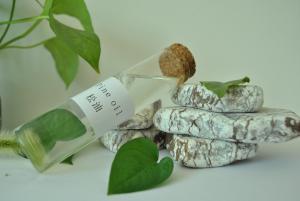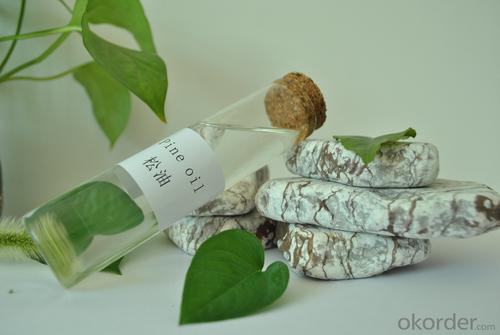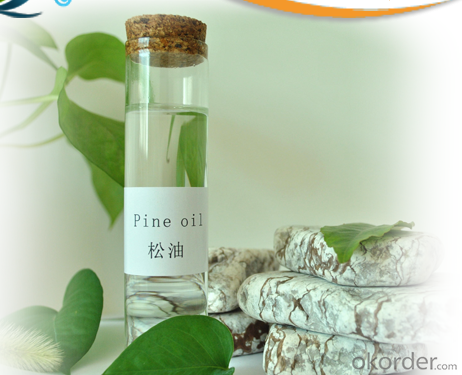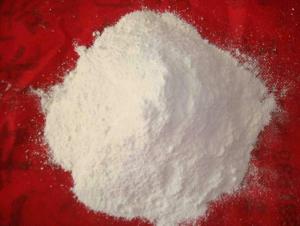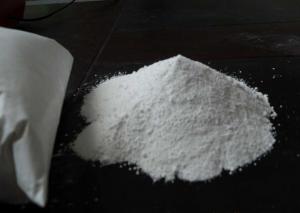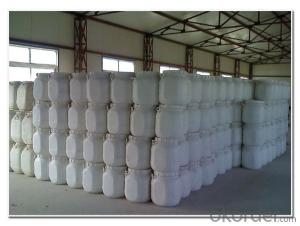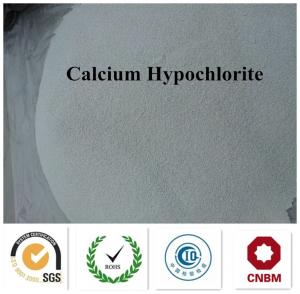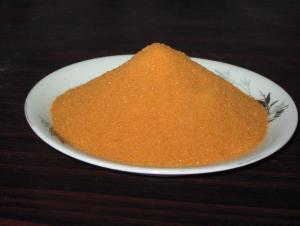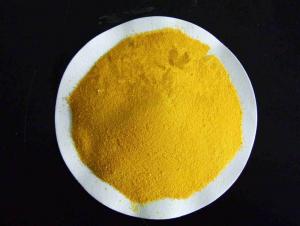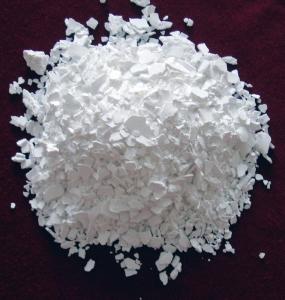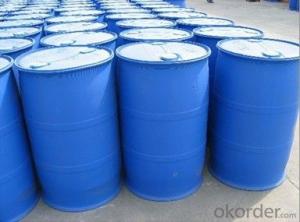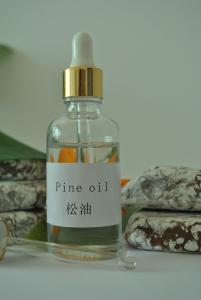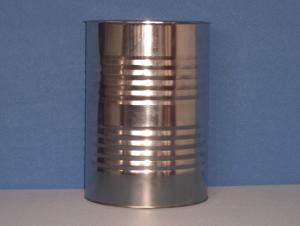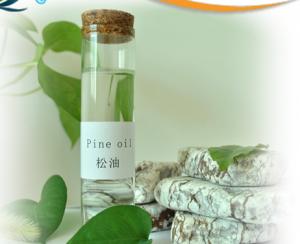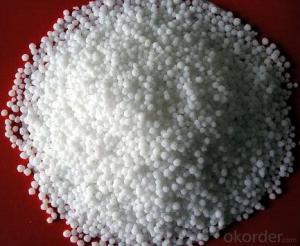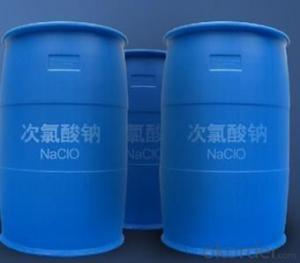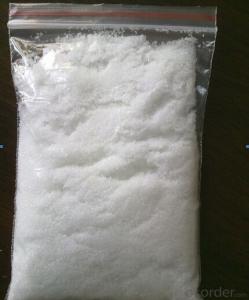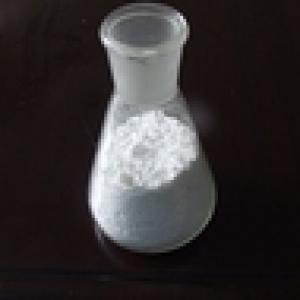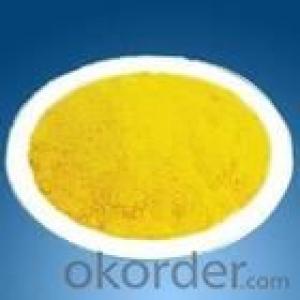Pine Oil with Competitive Price and High Quality and Fast Shipment
- Loading Port:
- Shanghai
- Payment Terms:
- TT or LC
- Min Order Qty:
- 15 m.t.
- Supply Capability:
- 3000 m.t./month
OKorder Service Pledge
OKorder Financial Service
You Might Also Like
1. Structure of Pine Oil Description:
CAS NO.: 8002-09-3
MF: C10H17OH
PURITY:
Purity: 45% 50% 70% 80%
Packing&Delievery: 170kg/iron drum (Capacity of per 20'FCL: 80 drums,totally 13.6mt per container)
All year Delievery
2. Main Features of Pine Oil:
The pine oil is widely used in the flotation of various metallic and non-metallic minerals. It is mainly used in the flotation of various sulfide ores,such as lead,copper,zinc,and iron sulfide,and non-sulfide minerals. It exhibits some collecting properties,especially for readily floatable minerals such as talc,graphite,sulphur,molybdenite and coal etc.The froth produced by pine oil is more persistent than that produced by other frothers.As a good foaming agent of non-ferrous metals,has been widely used both at home and abroad,with low foam,high concentrate grade,strong adaptability,fine and dense foam and the foaming speed and defoaming speed is fast,easy operation,no impact on subsequent flotation and is appropriate the separation of polymetallicore.
3.Pine Oil Images



4.Pine Oil Specification
Item | 50% | 65% | 70% | 85% |
Appearance | Slight-yellowish or brown-yellowish oil-shape liquid. | |||
Color and state( Max). | 6 | 6 | 6 | 6 |
Content of water (Max). | 0.7 | 0.7 | 0.7 | 0.7 |
Total acid value (Min) | 50 | 65 | 70 | 85 |
Gravity | 0.866 | 0.90-0.92 | 0.90-0.92 | 0.92-0.94 |
Distillation range(°C) | 168-230°C | 170-225°C | 170-225°C | 190-225°C |
Impurities(MAX) | 0.5% | 0.5% | 0.5% | 0.5% |
PH value | 5-7 | 5-7 | 5-7 | 5-7 |
Impurity( Max). | 0.5 | 0.5 | 0.3 | 0.3 |
5.FAQ
1)How many tons does your factory can supply each moth?
30000tons/month
2)How to quarantee the quality of the products?
you can arrange SGS&BV or other quality inspection.
3)How many days you need to pepare the cargo after we made the order?
- Q: Where are the parts of the bryophyte absorb water and inorganic salts?
- Moss moss moss, moss Gang, moss root through the fake root absorption, that is, the use of cell penetration technology, moss Gang has evolved out of the root, so you can directly through the relatively low roots to absorb Oh
- Q: What is inorganic salt
- As a result of metabolism, every day a certain amount of inorganic salts from a variety of ways out of the body, which will be added through the diet. The metabolism of inorganic salts can be judged by analyzing the concentration of blood, hair, urine or tissue. The role of inorganic salts in the human body is interrelated. In the appropriate concentration range beneficial to the health of people and animals and plants, lack or too much can cause disease, and disease and affect its metabolism, often increase its consumption. In China, the lack of calcium, iron and iodine is more common. Selenium, fluoride and other geochemical environment with the different, both the lack of disease such as Keshan disease and Kashin-Beck disease, teeth, etc., there are too many diseases such as fluorosis and selenium poisoning.
- Q: What is the time when the maximum number of inorganic salts is needed
- The content of phosphorus in plants is lower than that of nitrogen and potassium, and is generally higher in seeds. Phosphorus plays an important role in plant nutrition. Almost all important organic compounds in plants contain phosphorus. Phosphorus is involved in photosynthesis in plants , Respiration, energy storage and delivery, cell division, cell enlargement and other processes.
- Q: Several inorganic salts are lacking in symptoms and food sources
- Ingredients of iron-containing inorganic salts: fruit
- Q: Why does inorganic salts affect chemical degradation of organic wastewater
- Industrial organic waste water is highly toxic and stable pollutants, for such waste water is difficult to use conventional physical, chemical and biological methods. This paper summarizes the main processing technologies of biodegradable organic wastewater at home and abroad, including biological treatment, chemical treatment and physical treatment and various joint treatment processes. The methods or processes of various methods or processes are described.
- Q: Eat what food can add inorganic salt
- Most of the food contains inorganic salts, the so-called inorganic salts, also known as minerals or ash. Minerals are naturally occurring compounds or natural elements in the crust. There are about 50 kinds of minerals in the human body, although they in the human body only 4% of body weight, but it is an essential part of the organism. According to their content in the body how much can be divided into constant elements and trace elements two categories. The body is actually composed of various elements (macro and trace). Many of these mineral elements are essential components of the enzyme, which can regulate a variety of physiological functions (such as maintaining osmotic pressure, oxygen transport, muscle contraction, nervous system integrity), but also tissue and bone growth and maintenance necessary. Some (such as calcium, phosphorus, sodium, magnesium, sulfur, chloride) content is large, while others are only trace. Human essential trace elements are cobalt (such as vitamin B12), copper, fluorine, iodine, iron, zinc, chromium, selenium, manganese, molybdenum In terms of its impact on experimental animals, nickel, tin and arsenic should also be considered necessary. Most minerals (except zinc) are widely distributed in a variety of foods and can be fully supplemented by balanced and diversified diets. However, there is a need for additional supplements to patients who have been relying on intravenous nutrition for long periods of time, infants and older persons, or because of the lack of regionalities caused by soil and water quality.
- Q: What are the main physiological functions of inorganic salts?
- ) constitute the body of the important material
- Q: in the ocean
- Salts are the result of the association of cations and anions. Cations are usually metals like Calcium, Sodium, Potassium anions are ususally sulfates, phosphates, carbonates...... calcium carbonate and calcium phosphate are useful in making bone. Potassium Chloride is important in heart beat regulation Sodium Chloride is important in maintaining blood pressure. Carbonate is important in blood chemistry and the transfer of energy within a cell. all these salts are found in abundance in the ocean. If you follow evolution, those salts in the ocean have given rise to our own blood chemistry and organic health.
- Q: what percent of dissolved salts found in seawater are minor inorganic salts, or trace?
- Seawater varies in composition a little but generally is about 3.5% salts. Of this about 3.1% is sodium chloride. So the remaining 0.4% is the other salts (Magnesium, Calcium and Potassium mostly, followed by just about every natural element in the periodic table in trace amounts)
- Q: I need help with this
- anything which contain carbon is organic. so enzyme is the odd one out.
Send your message to us
Pine Oil with Competitive Price and High Quality and Fast Shipment
- Loading Port:
- Shanghai
- Payment Terms:
- TT or LC
- Min Order Qty:
- 15 m.t.
- Supply Capability:
- 3000 m.t./month
OKorder Service Pledge
OKorder Financial Service
Similar products
Hot products
Hot Searches
